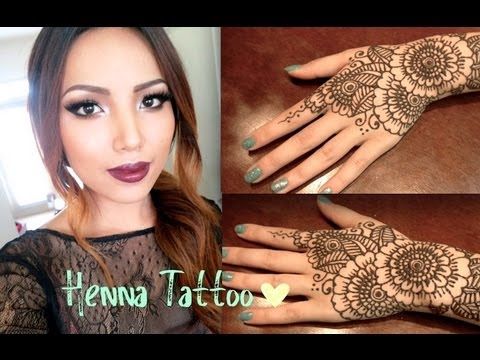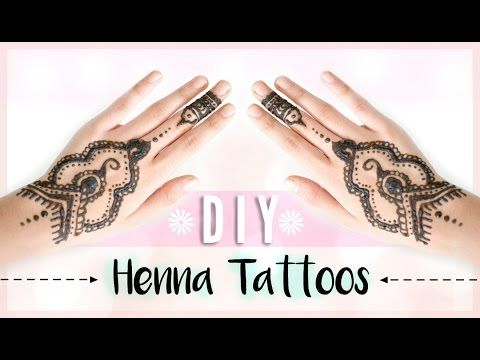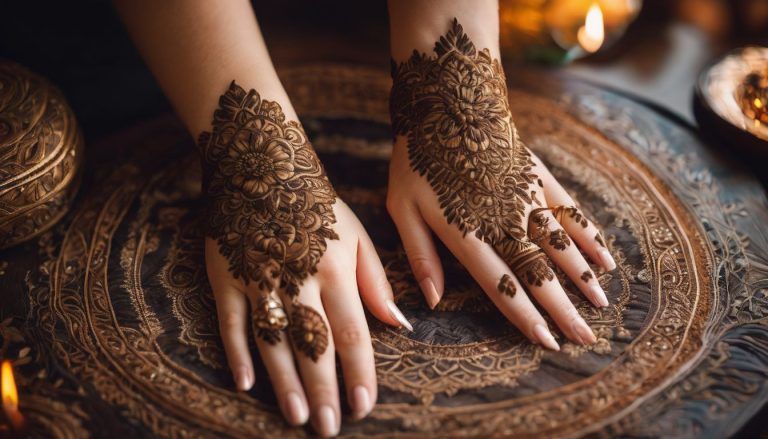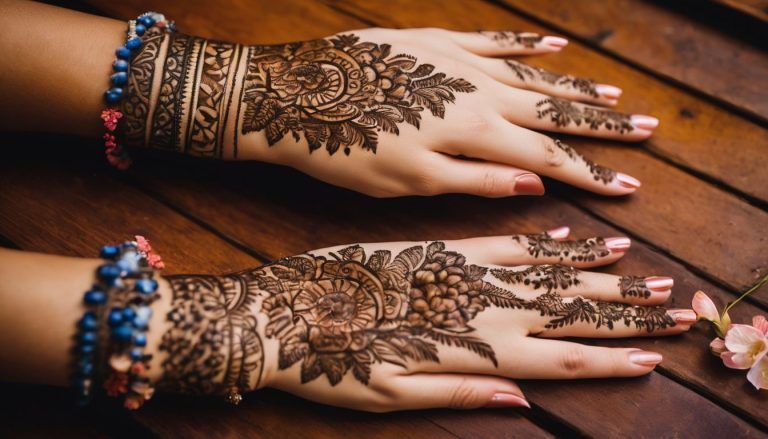The Ultimate Guide to Henna Tattoos: Everything You Need to Know
Are you curious about decorating your skin with beautiful, temporary designs? Henna tattoos have been celebrated in many cultures as a way to adorn the body for special occasions. This guide will walk you through everything from the history of henna to how to apply and care for your tattoo.
Dive into the world of henna and let’s get creative!
Key Takeaways
- Henna tattoos have cultural significance in many parts of the world and are often used for bridal henna designs, symbolizing joy, good fortune, and spiritual well-being.
- Proper care is crucial to maintain vibrant henna tattoos that typically last between 1 to 3 weeks. Tips include avoiding water exposure, using clear sealant spray, applying oils for protection, and moisturizing with non-alcoholic lotion.
- Understanding safe removal methods such as natural exfoliants like lemon juice and sugar scrub while avoiding harsh chemical peels or toxic products is essential for removing henna tattoos without causing harm to the skin.
What is Henna?
Henna is a natural dye that has been used for centuries for temporary body art and staining of the skin. It holds cultural significance in many parts of the world and is often used for bridal henna designs.
History
The art of henna tattooing dates back thousands of years, with its roots deeply embedded in cultural traditions from the Middle East, Africa, and South Asia. Originally used during celebrations such as Eid, Diwali, and weddings, this form of body decoration symbolizes joy and good fortune.
Ancient peoples crushed the leaves of the henna plant to create a natural dye capable of staining skin with beautiful designs that held significant meanings.
Over time, the popularity of henna tattoos has soared beyond these traditional borders; they now enjoy global appeal for their intricate patterns and temporary nature. Bridal henna remains an important practice within many cultures while festivals around the world showcase this ancient skill as a cherished cultural heritage.
Offering a painless alternative to permanent tattoos while using all-natural ingredients from earth’s bounty makes them an attractive option for those seeking temporary body art.
Continuing on from history, let’s delve into how long these stunning creations can adorn your skin and the best practices to care for them.
Uses
Henna tattoos are used to celebrate special occasions in various cultures, such as weddings and festivals like Eid or Diwali. The cultural significance of henna tattoos extends beyond their aesthetic appeal, symbolizing blessings, joy, and spiritual well-being.
Additionally, henna tattoos have gained popularity worldwide as a form of temporary body art, offering individuals the opportunity to adorn themselves with intricate designs without the commitment of permanent ink.
The art of henna tattooing is deeply rooted in tradition and heritage, serving as an important cultural practice that has been passed down through generations. Whether for ceremonial rituals or personal expression, henna tattoos continue to be embraced for their symbolic meanings and artistic beauty.
Henna Tattoo Basics
Henna tattoos typically last between 1 to 3 weeks, depending on how well they are cared for. To keep your design looking fresh, it’s important to avoid water and harsh chemicals as much as possible.
How long do they last?
Henna tattoos typically last for about two to three weeks, depending on various factors such as the quality of the henna paste used, skin type, and how well they are cared for. The color intensity usually peaks within 48 hours after application and then gradually fades as the top layers of the skin naturally exfoliate.
Regular moisturizing and avoiding excessive exposure to water can help extend the lifespan of a henna tattoo.
Proper care is crucial in maintaining a vibrant henna tattoo for as long as possible. It’s essential to avoid rubbing or scrubbing the area excessively and to steer clear of harsh chemicals that could accelerate fading.
Embracing these simple practices will contribute to ensuring your henna tattoo remains beautiful and intact throughout its duration.
How to care for them
To ensure your henna tattoos last longer and look vibrant, follow these care tips:
- Gently dab the tattoo with a sugar and lemon juice mixture to enhance the color and longevity.
- Apply a thin layer of olive or coconut oil to protect the tattoo from water and friction.
- Avoid excessive exposure to water as it can fade the henna design prematurely.
- Use a clear sealant spray to protect the design from fading due to sweat or friction.
- Let the henna paste dry completely before you touch or wrap the area to avoid smudging the design.
- Keep your skin moisturized with a non – alcoholic lotion to retain the tattoo’s vibrancy.
- Be mindful of abrasive chemicals in skincare products, as they can cause premature fading of the henna design.
- Avoid exfoliating or scrubbing the tattooed area aggressively, as it can lead to faster fading.
Henna Tattoo Application
Learn the preparation and application techniques for creating beautiful henna tattoos. From selecting the right henna kit to mastering different application methods, we’ve got you covered.
Preparation
Preparation for a henna tattoo requires gathering the necessary supplies and ensuring a clean application area. Here are the steps for preparation:
- Gather all the needed materials, including natural henna paste, essential oils, lemon juice, sugar, mixing bowls, plastic cones or applicator bottles, and design stencils.
- Ensure that the skin is clean and free of any lotion, oil, or sweat before applying the henna paste to achieve a clear and lasting design.
- Choose a well – lit and comfortable area with good ventilation for applying the henna tattoo to ensure a smooth and precise process.
- Test the henna paste on a small patch of skin 24 hours before application to check for any adverse reactions or allergies.
- Prepare the skin by exfoliating gently to remove dead skin cells and create an optimal surface for the henna design to adhere to.
Application techniques
To ensure a successful henna tattoo application, it’s important to master the following techniques:
- Begin by thoroughly cleaning the area where the henna tattoo will be applied using a gentle cleanser. This ensures that the skin is free from oils, dirt, and lotions.
- Once the skin is clean and dry, prepare the henna paste by mixing it with water or lemon juice until it reaches a toothpaste-like consistency.
- Load the prepared henna paste into a henna cone or applicator bottle for precise application onto the skin.
- Carefully apply the henna paste onto the skin in smooth and even strokes to create intricate designs and patterns.
- Allow the henna paste to dry completely on the skin before gently wrapping it with tissue or medical tape to keep it in place while the dye sets.
- Leave the wrapped henna tattoo on for several hours to achieve a deep and long – lasting stain before gently removing any dried paste residue.
Henna Tattoo Removal
When it comes to removing henna tattoos, there are various tips and tricks you can use for safe and effective removal. From exfoliation methods to natural remedies, we’ll cover everything you need to know about saying goodbye to your henna design when the time comes.
Tips for removal
Removing a henna tattoo can be done using natural and safe methods. Here are some tips for removal:
- Use olive oil or coconut oil to gently rub the henna tattooed area, allowing the oils to break down the stain.
- Lemon juice mixed with salt can also help fade the henna tattoo over time.
- Soaking the area in warm water and gently exfoliating with a loofah can aid in removing the tattoo.
- Applying a mixture of baking soda and lemon juice to the area and leaving it on for a few minutes before rinsing off can help lighten the stain.
- Avoiding exposure to chlorine or bleach, as they can deepen the henna stain rather than remove it.
- If all else fails, consider seeking professional help for safe and effective removal options.
- Remember that patience is key when removing a henna tattoo; rushing may cause skin irritation or damage.
Safe and not-so-safe methods
After following the tips for removal, it’s important to understand safe and not-so-safe methods for henna tattoo removal. Safe methods include using natural exfoliants like lemon juice and sugar scrub, as well as gentle rubbing with a loofah or pumice stone.
Not-so-safe methods involve harsh chemical peels or abrasive scrubs that can damage the skin. It’s crucial to avoid using bleach or other toxic products on the skin to remove henna tattoos, as they can cause irritation and allergic reactions.
When considering safe options, remember that patience is key in removing henna tattoos without causing harm to the skin. Additionally, seeking professional assistance may be necessary if you’re unsure about which method is appropriate for your specific situation.
Popular Henna Tattoo Designs
Explore the differences between traditional and modern henna tattoo designs, as well as common body placements for henna art. Whether you’re interested in intricate patterns or simple yet elegant designs, there’s a wide range of options to choose from when it comes to henna tattoos.
Traditional vs. modern designs
Henna tattoos come in a wide array of designs, ranging from traditional to modern styles. Traditional designs often reflect cultural symbols and motifs with deep historical significance, while modern designs might incorporate geometric patterns, floral elements, or contemporary themes.
Henna tattoo artists draw inspiration from both traditional and modern aesthetics to create unique and personalized designs for their clients.
The evolution of henna tattoo designs has led to a fusion of traditional and modern elements, offering a diverse range of artistic expressions that cater to individual preferences.
Common body placements
Henna tattoos can be applied to various parts of the body, offering flexibility for personal expression and creativity.
- Hands and Fingers: Often chosen for its visibility and symbolism in many cultural traditions.
- Feet and Ankles: Popular for their intricate designs, making them a common choice for celebratory events and festivals.
- Wrist and Forearm: A favorite placement for those seeking an elegant and easily concealable design.
- Back and Shoulders: Ideal for larger, elaborate designs or to make a bold statement at special occasions.
- Belly and Back: Commonly selected by individuals looking to showcase their designs in unique ways during celebrations or rituals.
- Neck and Collarbone: Frequently chosen to accentuate the area with delicate patterns or symbols that hold significance.
Conclusion
In conclusion, henna tattoos are a beautiful and culturally significant form of body art. They offer a temporary way to adorn the skin with intricate designs, celebrating tradition and creativity.
With proper care, henna tattoos can last for several weeks, making them a popular choice for special occasions or everyday self-expression. Whether you prefer traditional motifs or modern designs, henna tattoos provide a versatile and stunning option for those looking to embrace this timeless art form.
FAQs
1. What are henna tattoos?
Henna tattoos are temporary tattoos that use skin-safe henna ink to create designs on the body, often on hands and feet. They’re a form of cultural body art, originating from ancient traditions like Mehndi.
2. How long do henna tattoos last?
Typically, henna tattoos last one to three weeks. The length can vary based on how well you take care of your temporary tattoo and your skin type.
3. Can I make a henna tattoo at home?
Yes, you can! With a henna tattoo kit or pre-filled henna cones and stencil stickers for guidance, you can apply your own designs at home.
4. Are there different styles of henna tattoos?
Absolutely! There’s traditional tattoo art with intricate patterns called Mehndi that’s commonly used in ceremonies, plus modern styles using stencil stickers or freehand drawing with a variety of Hennas like ink to suit personal tastes.
5. Is getting a Hennas tattoo safe?
Getting a Hennas should be safe as long as you use natural Hennas dye without any harmful chemicals added. Always test the dye on a small patch of skin first to ensure no allergic reactions occur.






